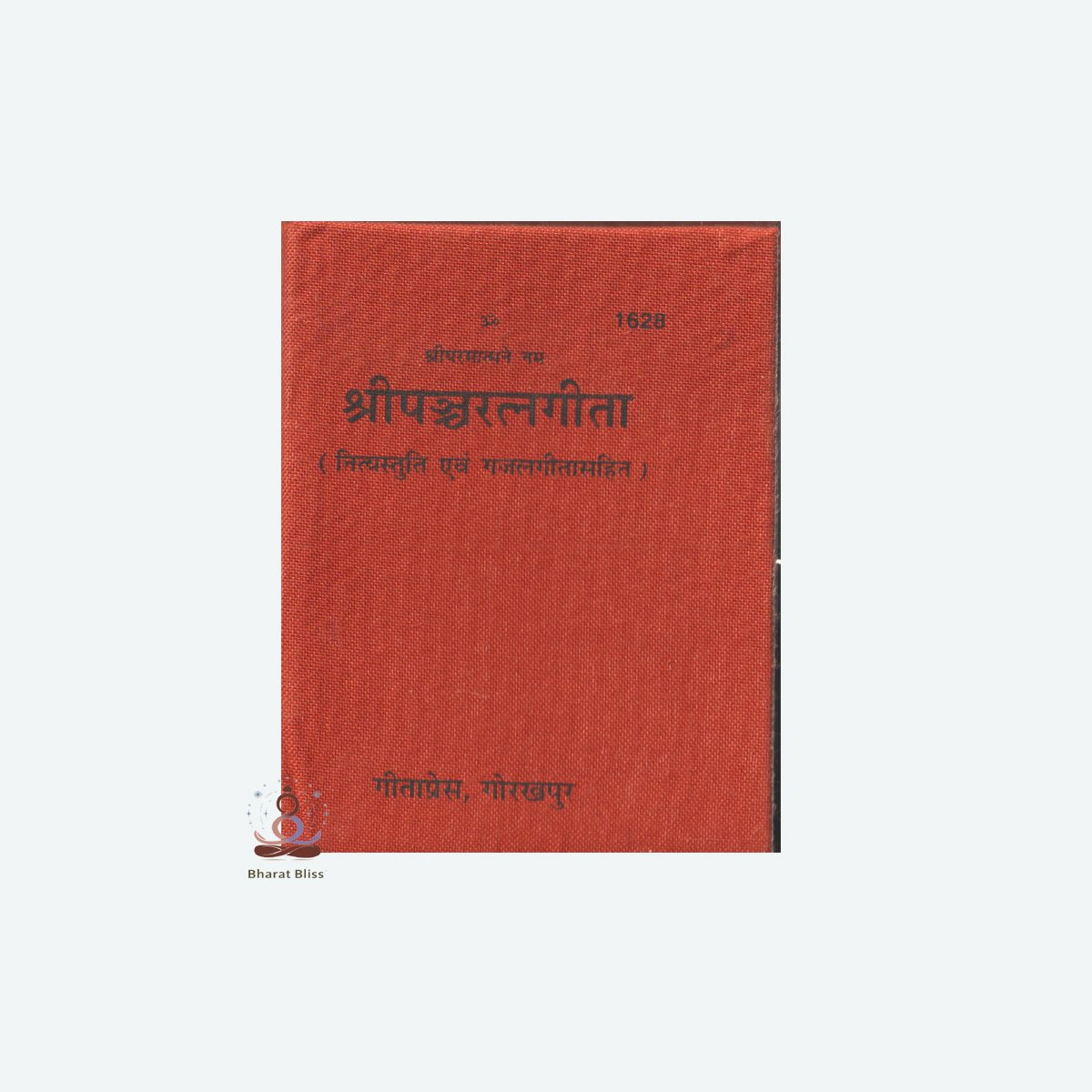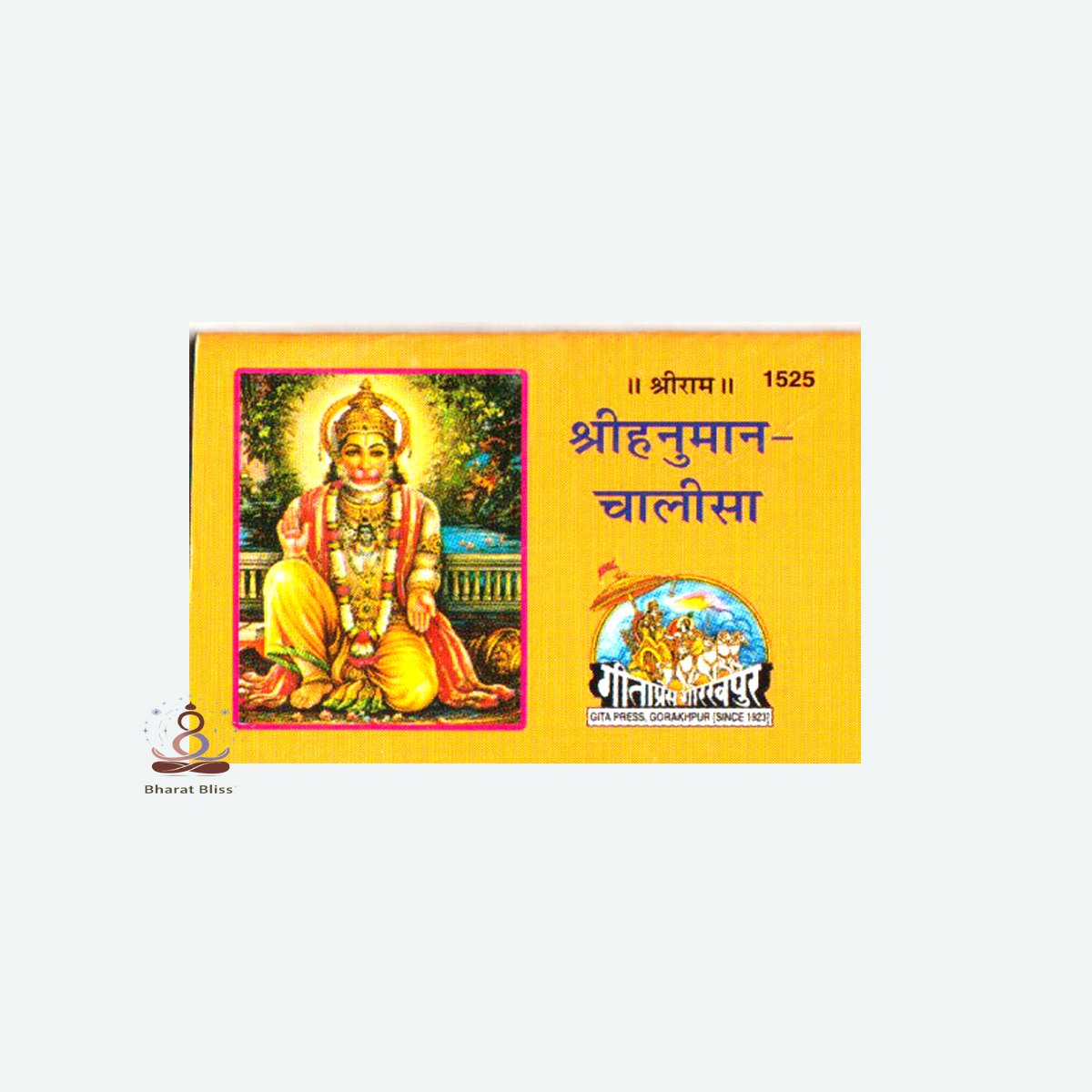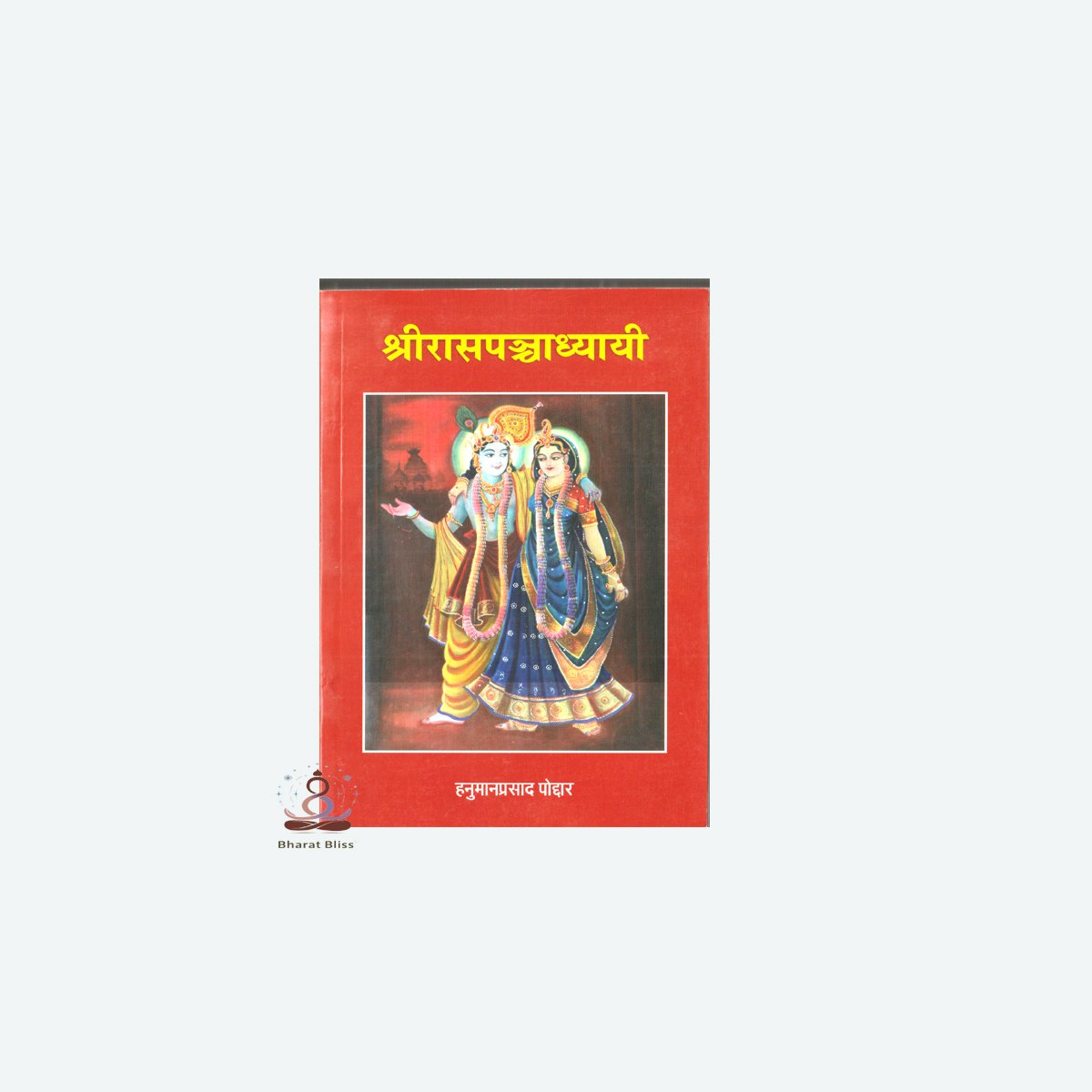Description
The manifestations of Lord Shiva represent his many aspects and divine roles in the universe. Each form symbolizes a specific cosmic function, spiritual truth, or inner quality. Here’s a description of some prominent manifestations:
1. Panchamukha Shiva (Five-Faced Shiva)
-
Represents the five elements (earth, water, fire, air, ether) and five directions.
-
The five faces are:
-
Sadyojata (Creation)
-
Vamadeva (Preservation)
-
Aghora (Dissolution)
-
Tatpurusha (Concealment)
-
Ishana (Revelation)
-
2. Nataraja (The Cosmic Dancer)
-
Symbolizes the rhythm of the cosmos.
-
His dance (Tandava) represents creation, preservation, and destruction.
-
Surrounded by a circle of fire, crushing ignorance underfoot.
3. Ardhanarishvara (Half Man, Half Woman)
-
A composite form of Shiva and Parvati.
-
Embodies the unity of masculine and feminine energies.
-
Represents balance, harmony, and wholeness.
4. Dakshinamurthy (The Supreme Teacher)
-
Shiva as the divine guru or teacher.
-
Sits under a banyan tree, teaching sages in silence.
-
Symbolizes knowledge, wisdom, and inner guidance.
5. Bhikshatana (The Beggar)
-
A form where Shiva roams as a naked mendicant.
-
Symbolizes renunciation, humility, and the shedding of ego.
6. Virabhadra (The Fierce Warrior)
-
Born from Shiva’s anger to avenge Sati’s insult.
-
A terrifying form, fierce and protective.
-
Represents righteous fury and divine justice.
7. Rudra (The Roaring One)
-
The Vedic form of Shiva.
-
Fierce, stormy, and wild – yet also healing.
-
Embodies both destruction and compassion.
8. Bhairava
-
A fierce and terrifying form.
-
Protector of sacred spaces.
-
Often associated with time (Kala Bhairava), reminding of the impermanence of life.
9. Lingam (Formless Form)
-
The most iconic representation.
-
Symbolizes the formless, infinite nature of Shiva.
-
Represents creation and the union of Shiva and Shakti.
These manifestations show how Shiva embodies the cycle of life, spiritual truths, and cosmic balance — both terrifying and compassionate, silent and expressive, still and dynamic.
Only logged in customers who have purchased this product may leave a review.













Reviews
There are no reviews yet.